Phew! The Mexican Black-bellied Whistling Ducks made it back for the City Nature Challenge.
Remember the dates: Friday, April 26 through Monday, April 29, this year!
We have a new addition to our yard — a Screech-owl, holed up in cavity of a mesquite tree. It flies when I get the mower close to its hidey-hole. I’m hoping to work out a strategy to photograph it for the Challenge without it having to fly off.
A kettle of about 20 Turkey Vultures (and one hawk) yesterday was heading north over our property — had I taken a photo, it would not have counted for the Challenge, alas. We have resident Turkey Vultures that will probably show up during the 4-day Challenge.
The Golden Wave, Coreopsis tinctoria, are hanging on; I’ve kept a wee stand of Pink Mint, Stachys drummondii, hoping both will still be in bloom on the 26th — although, plants do not have to be in bloom to be included in the iNaturalist data base for the City Nature Challenge.
I’ve been stopping myself from clearing out aggressive/errant plants right now — waiting until after the Challenge.
Good news for us photographers/observers: the fierce wind event should be gone after Wednesday, April 24, according to my phone app. After that, sunny skies will prevail through Sunday with partially sunny skies on the Monday — April 29 — the last day of the City Nature Challenge.
Don’t be afraid to take more than one photo so the identifiers have the most help possible. Do put the group of photos in the same “observation.”
Those in the know have said we may upload non-native species this year. Here’s an example of what a group of photos for one observation might be like:
Split Leaf Philodendron, Monstera deliciosa. Does something not quite right jump out at you about this botanical name? I’m not a linguist, but really, doesn’t deliciosa look like Latin for, maybe, the word delicious? And aren’t philodendrons a wee bit poisonous? But I digress . . . .
The example:
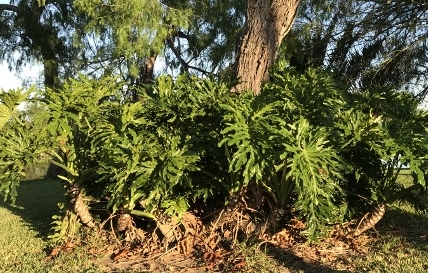
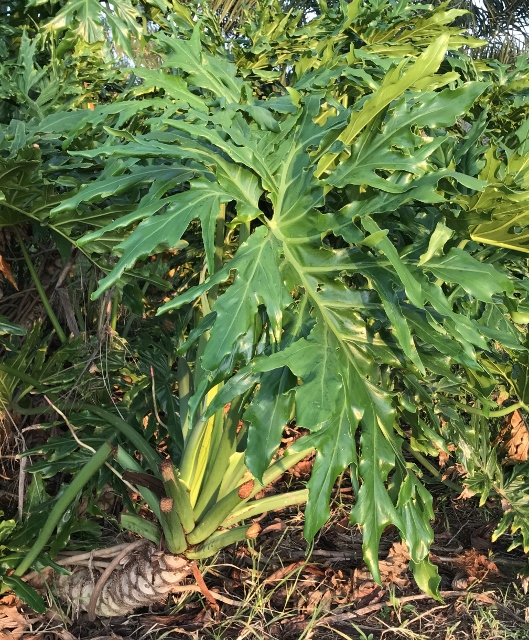
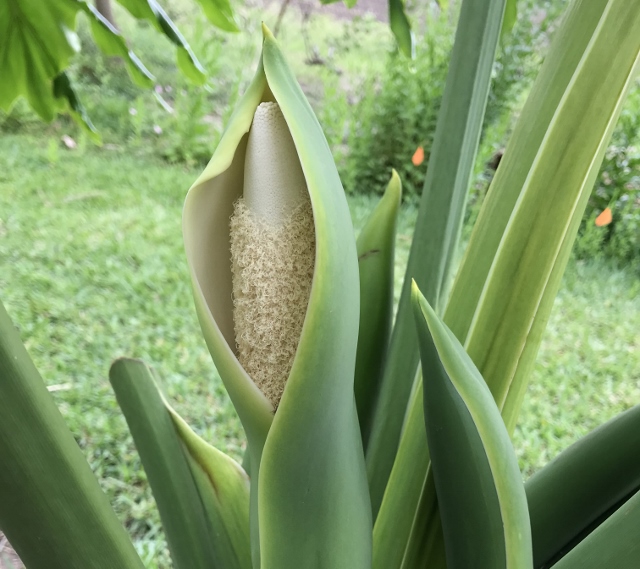
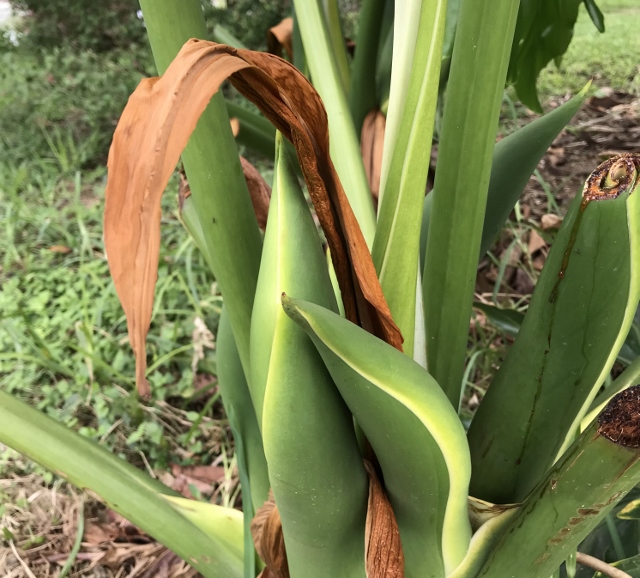
Sure, I know you could have figured this out for yourself, but just in case you’re hesitant, I wanted to reassure you how to do multiple photos under one observation. Here’s how:
First, upload one photo in the same species group. Fill out the information and click “Submit one observation” at the top right of your
Below is a nice shot of a bloom in relation to the plant’s leaves. However, the bright sun washed out the detail in the white flower. This might be where you would want to block the sun with your body and take this photo in the shade.
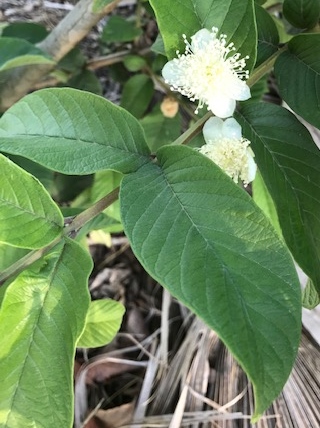
Phone cameras can really play a trick on you. The image you look at on the phone screen may look wonderful and sharply focused and greatly detailed. The stamen and filaments of the guava bloom above had more detail than when I viewed it on my computer.
Be conscience of silly things even a professional photographer can overlook when trying to hold something to show perspective and shooting with one finger positioned on the phone camera button. This photo is half shaded/half sunlit.
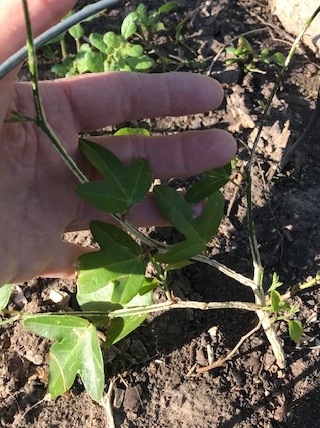
Those IDing birds have a bit of an easier time and can do alright with a less than stellar photo. For instance, last year, they quickly ID’d my fuzzy-something-wicked-this-way-comes Great-tailed Grackle shot. This year, I may use a tripod with my long lens.
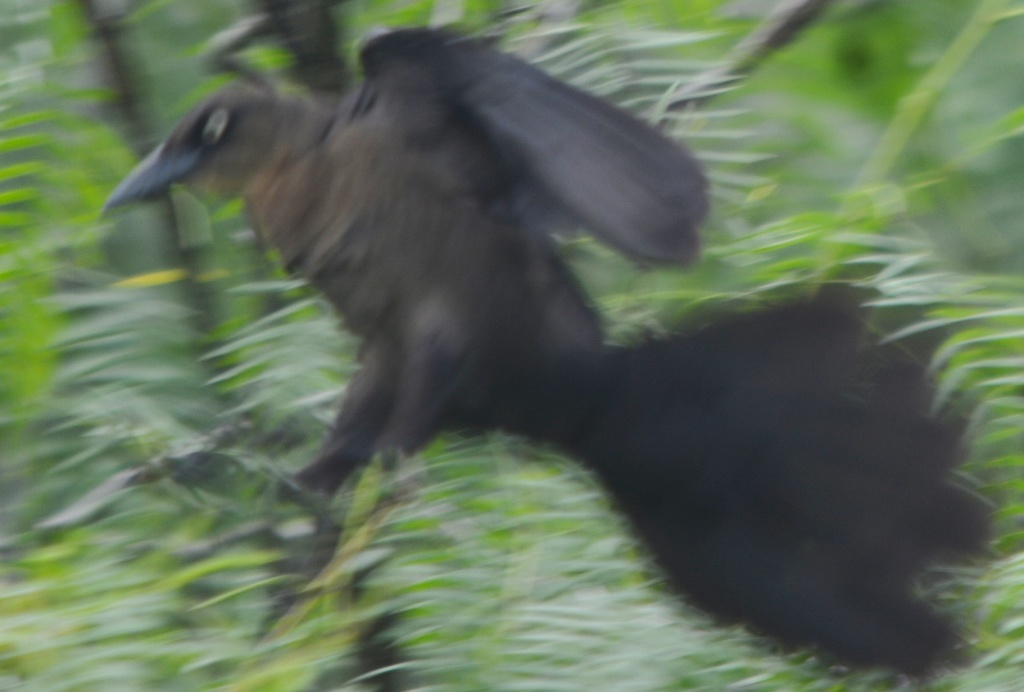
This is one of my favorite avian photos from last year.
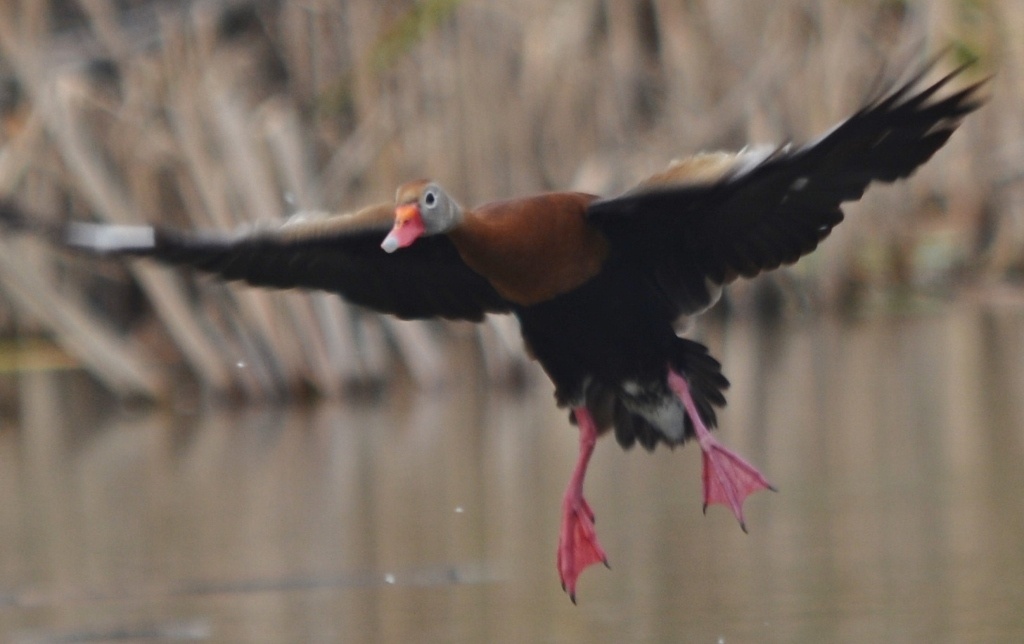
Let me remind you of photo ideas some of the Identifiers recommend from last year’s Challenge:
Recommended photography pointers
- Keep a white card with you about 8 ½ by 11 inches. Place card behind plant species if plant is among a tight growth of vegetation. This will single out item to be identified. Or use a light colored hat as background.
- If guinea grass or other invasive vegetation obscures object you want to photograph, pull, push or trim invasive species before taking photograph.
- Ensure photos are sharp and crisply focused. Keep phone camera lens at least 6 inches from subject. Hold camera or phone completely still so camera shake doesn’t blur the end result. Take several photos and edit them later.
- Try to capture both bloom and leaf in photo. If there are mature fruits or seedpods on plant or beneath it, or thorns on trunks, capture those also.
- If multiple photos are taken to ensure proper
identification, upload all photos to one observation entry.
- Taking one photo of an entire shrub or tree shows growth form but not enough detail to make an ID.
- Take additional photos to show details of foliage, blooms, stem and other features that will help identify a species from a photo.
- A white or light colored 6-inch ruler in the photo helps show scale. Or drop a coin near the subject, or your hand or foot. The object needs to be something that can give a relatively true perspective.
- Learn
the editing features on your phone. On some phones, it’s easy to crop out
irrelevant things, keeping only the object you wish to submit.
- You also can change the lighting using the phone’s editing features, which often helps to better visualize things.
- A wide-brimmed hat is handy to shade cellphone or camera screen to help show if shot is in focus.
- If there is too much light on white or yellow blooms, they will be obscured. Someone can hold an umbrella overhead or position their body to put the object in shade. It’s best to have the sun at your back, rather than taking a photo facing into the sun.
Please consider joining the City Nature Challenge — visit your favorite Valley nature refuge for help getting started or visit the links below.
https://www.inaturalist.org/projects/city-nature-challenge-2019-lower-rio-grande-valley
https://tpwd.texas.gov/huntwild/wild/wildlife_diversity/texas_nature_trackers/naturechallenge/
The City Nature Challenge is more than a game or contest. The iNaturalist is a repository of valuable habitat information. Considered crowdsource identifications, entrants may connect with experts who can identify the observed organisms. Citizens also help create useful data which helps scientists and researchers understand when and where organisms occur.
Remember, the the Lower Valley is entering as its own entity. The geographic area considered the Valley’s “city” for this challenge is Falcon to the Gulf Coast, including all of Cameron, Hidalgo, Starr and Willacy counties.
So, team up, pair up, use the buddy system or go it alone and make it an adventure.